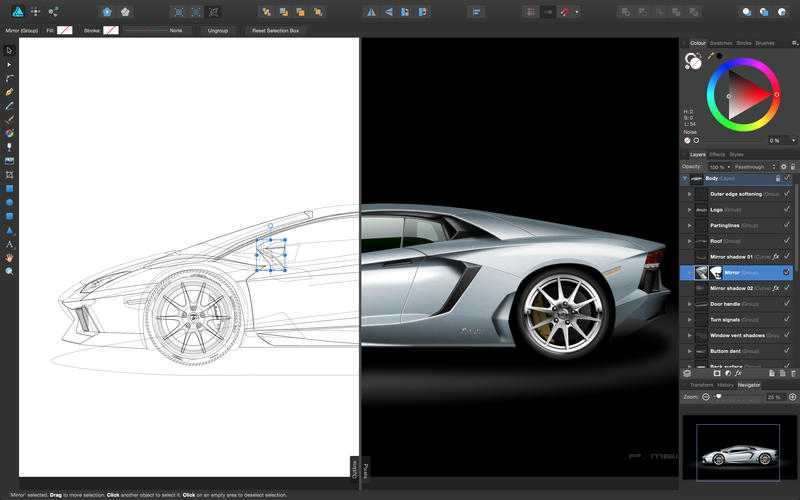



Each is a 100% crop, and the sharpening and all noise sliders are reduced to zero, as opposed to the default values. The photo was underexposed and brightened in development to accentuate the noise. The above image was shot at a high ISO with noise control turned off in the camera. Furthermore, increasing the noise reduction didn’t leave the image looking as muddy as it does with some competition. Even at higher ISOs, opening photos into external noise reduction programs was unnecessary. The noise reduction from the Serif Raw Engine is pretty good, far better than Lightroom’s. Regarding sharpening, most raw developers find it hard to compete with AI-based noise reduction software, such as Topaz Denoise AI and ON1 No Noise AI. Furthermore, images shot at higher ISOs were much cleaner with Affinity than LR, even if I reduced Lightroom’s sharpening down to zero. This is good news, as it means less image development and editing time. I opened the same raw file in both Affinity Photo and Lightroom (LR), and the initial results in Affinity were far closer to the image on the rear screen of my camera, which I have set to closely match what my eyes see. The most important thing to me about any software is the results, and the Develop Persona does deliver. The different functions of the software are split between what Affinity calls “Personas.” The one I spent the most time in was Develop. It's not without a couple of shortcomings, but what software isn't? I am pleased that this has been addressed with Affinity Photo 2, and after hours of fun trying out the features, I found it stable and running smoothly on the computers I tried it on. That was mainly because an annoying glitch ruined my raw developments. I’ll have to start by admitting that I was not a fan of the first version of Affinity Photo. I’m hyper-critical of raw development tools, as that’s where most of my work is carried out.


 0 kommentar(er)
0 kommentar(er)
